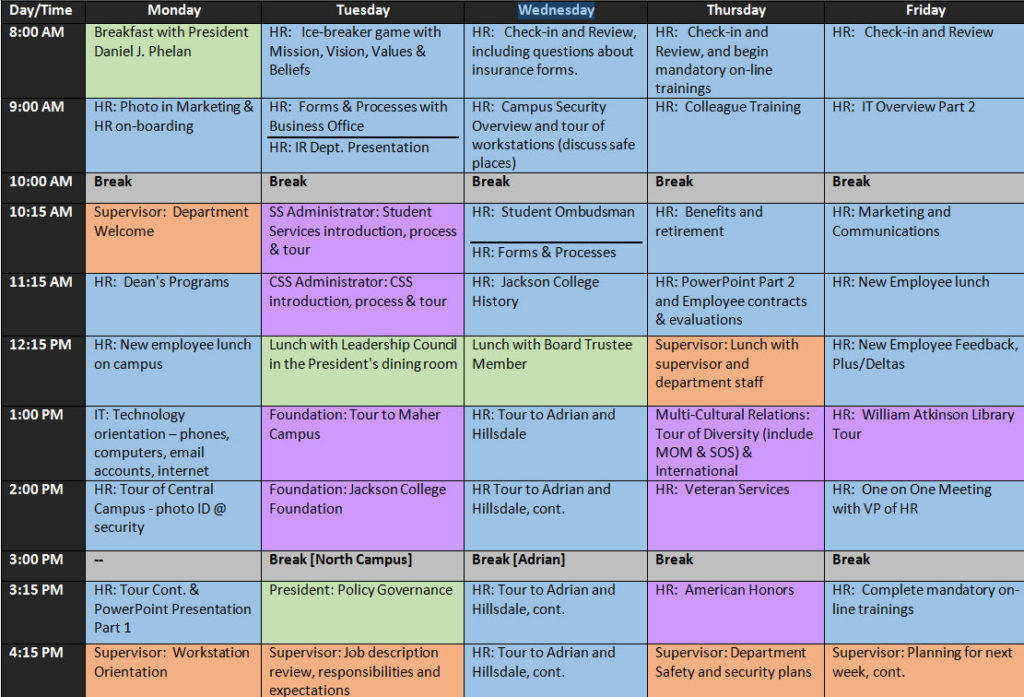Welcome to the world of onboarding, where new employees embark on their journey with your company. The onboarding process is a critical step in ensuring that new hires feel welcomed, supported, and equipped to succeed in their roles. An onboarding schedule plays a vital role in this process, providing structure and guidance for both the new employee and the company.
In this article, we will explore the key elements of an effective onboarding schedule and provide tips on how to create one that sets your new hires up for success.
What is an Onboarding Schedule?
An onboarding schedule is a detailed plan that outlines the activities and events that will take place during a new employee’s first few days, weeks, or months at a company. It serves as a roadmap for both the new employee and the company, ensuring that important information is shared, necessary tasks are completed, and relationships are built.
A well-designed onboarding schedule covers a range of topics, including orientation sessions, training programs, introductions to team members, and opportunities for the new employee to learn about the company’s culture, values, and expectations. It helps the new hire understand their role, responsibilities, and goals and provides them with the tools and resources they need to thrive in their new position.
Why is an Onboarding Schedule Important?
An onboarding schedule is crucial for several reasons. First and foremost, it sets clear expectations for the new employees, helping them understand what is expected of them and what they can expect from the company. This clarity reduces anxiety and uncertainty, allowing the new hire to focus on learning and performing their job.
Furthermore, an onboarding schedule ensures that no critical steps or information are missed during the onboarding process. It helps the company deliver a consistent and comprehensive onboarding experience to all new hires, regardless of the department or role they are joining. This consistency is essential for building a strong company culture and ensuring that new employees feel valued and supported.
Additionally, an onboarding schedule saves time and resources by streamlining the onboarding process. It ensures that all necessary tasks and activities are planned, eliminating the need for last-minute scrambling or improvisation. This level of organization not only benefits the new employee but also allows the company to make the most efficient use of its resources.
How to Create an Onboarding Schedule
Creating an effective onboarding schedule requires careful planning and consideration. Here are some steps to help you get started:
1. Determine the Duration of the Onboarding Schedule
The first step in creating an onboarding schedule is to determine its duration. Consider how long it typically takes for a new employee to become fully acclimated to their role and the company. The duration may vary depending on the complexity of the position and the industry. Aim for a balance between providing enough time for a thorough onboarding experience and not overwhelming the new hire with too much information at once.
2. Identify Key Activities and Events
Next, identify the key activities and events that should be included in the onboarding schedule. This may include orientation sessions, training programs, meetings with key stakeholders, introductions to team members, and opportunities for the new employee to learn about the company’s culture and values. Consider both the company-wide activities that all new hires should participate in and the department-specific activities that are relevant to the new employee’s role.
3. Sequence the Activities
Once you have identified the key activities and events, sequence them in a logical order. Start with the activities that provide a broad overview of the company, such as orientation sessions and introductions to key stakeholders. Then, gradually move towards more specific and role-focused activities, such as department-specific training programs and one-on-one meetings with team members. This sequencing helps the new employee build a solid foundation of knowledge and relationships that they can build upon as they settle into their role.
4. Assign Responsibility and Set Deadlines
Assign responsibility for each activity or event to the appropriate individuals or teams. Communicate the roles and responsibilities of each person involved in the onboarding process, including HR representatives, managers, mentors, and team members. Set deadlines for each activity to ensure that everything is completed promptly.
5. Incorporate Flexibility
While it is important to have a structured onboarding schedule, it is also crucial to incorporate flexibility. New hires may have unique needs or circumstances that require adjustments to the schedule. Allow for some flexibility to accommodate these needs while still ensuring that all essential activities are completed.
6. Communicate the Schedule
Once the onboarding schedule is finalized, communicate it to the new employee. Provide them with a clear and detailed agenda for their first few days, weeks, or months at the company. Explain the purpose and expectations of each activity and event, and let them know whom they can reach out to if they have any questions or concerns.
7. Evaluate and Revise
Regularly evaluate the effectiveness of your onboarding schedule and make necessary revisions based on feedback from new hires and other stakeholders. The onboarding process is an ongoing journey, and there is always room for improvement. Continuously seek ways to enhance the onboarding experience and ensure that it remains relevant and impactful.
Sample Onboarding Schedule
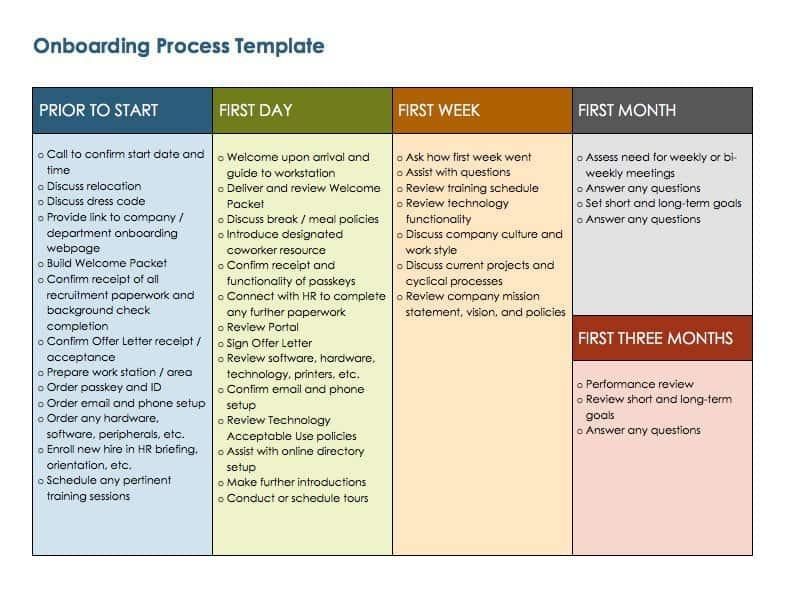
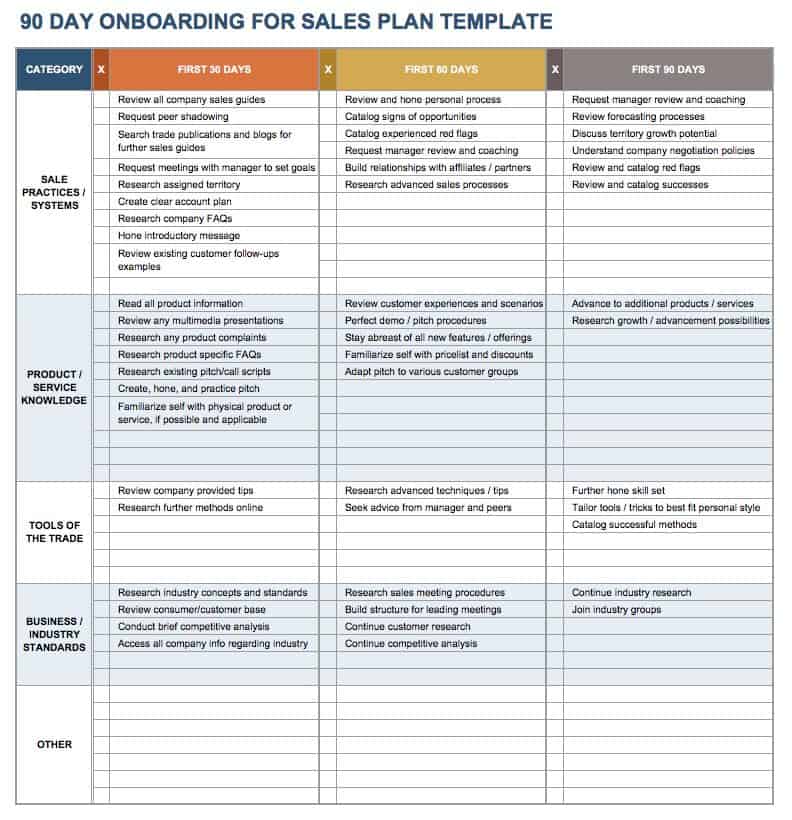
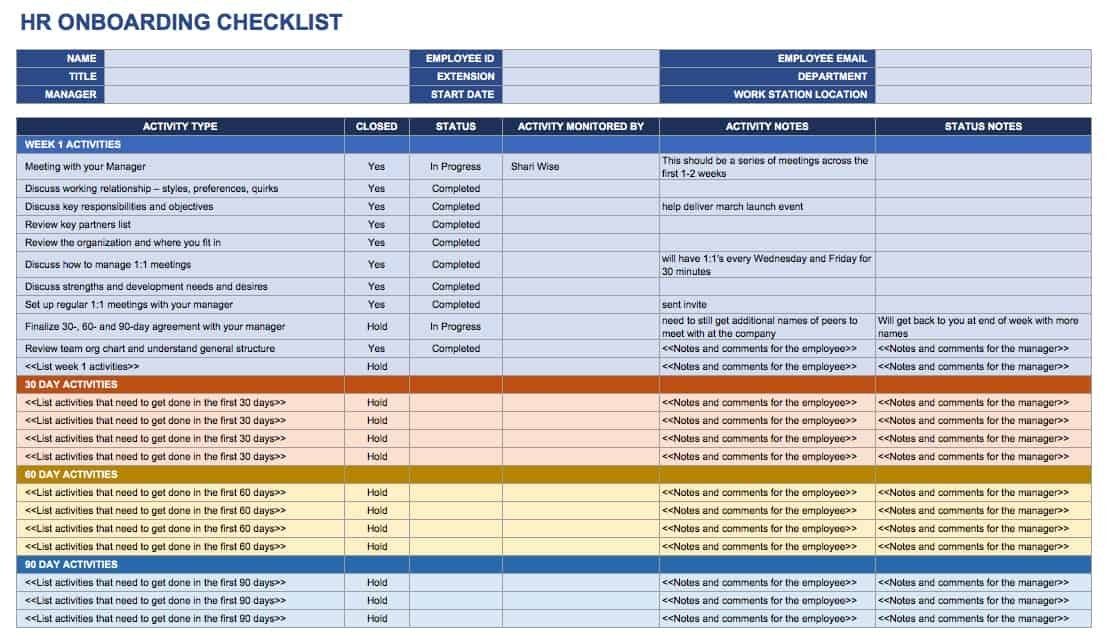
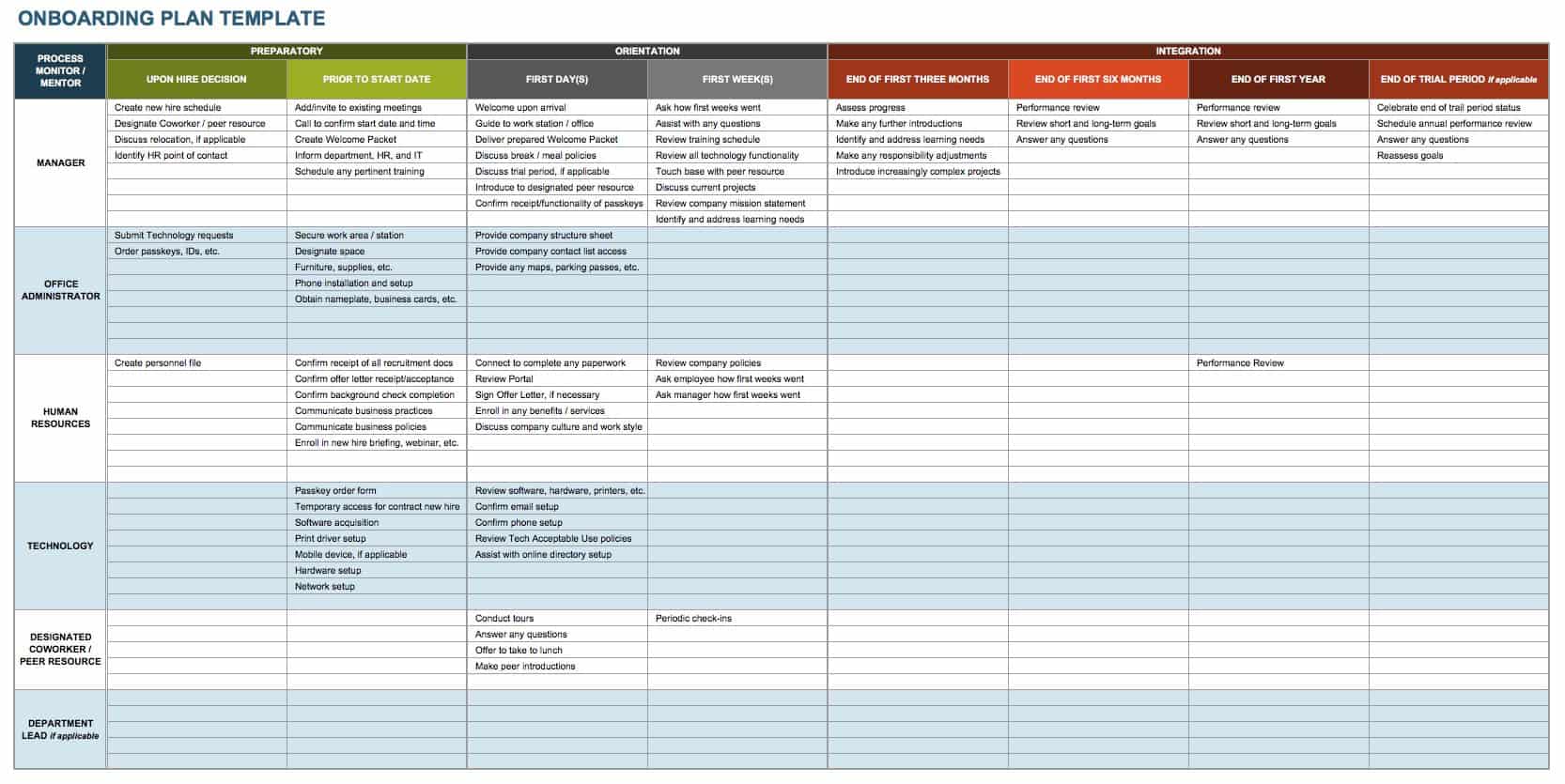
Here is an example of a sample onboarding schedule for a new employee:
- Day 1: Orientation session, introduction to key stakeholders, tour of the office, overview of company policies and procedures.
- Day 2: Department-specific training program, introduction to team members, overview of job responsibilities and goals.
- Week 1: One-on-one meetings with team members, shadowing experienced employees, introduction to company culture and values.
- Week 2: Training on company systems and tools, further discussions on job expectations and performance metrics.
- Month 1: Regular check-ins with the manager, progress review, and opportunities for the new employee to provide feedback and ask questions.
- Month 2: Continued training and development opportunities, introduction to cross-functional teams and projects.
- Month 3: Evaluation of onboarding experience, identification of further training or support needs, and celebration of milestones.
Conclusion
An effective onboarding schedule is a valuable tool for setting new employees up for success. It provides structure, clarity, and support during the critical early stages of their employment. By creating a well-designed onboarding schedule, companies can ensure that new hires feel welcomed, engaged, and equipped to contribute to the organization’s success.
Onboarding Schedule Template Word – Download
